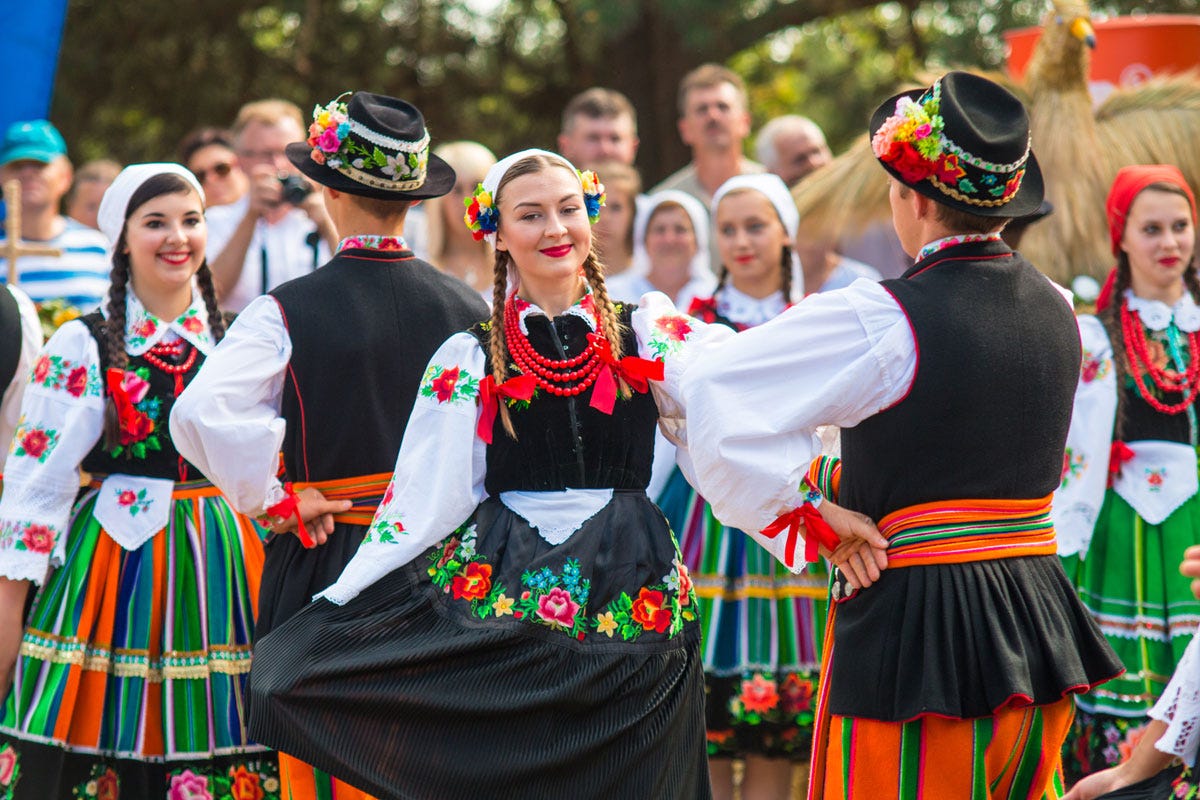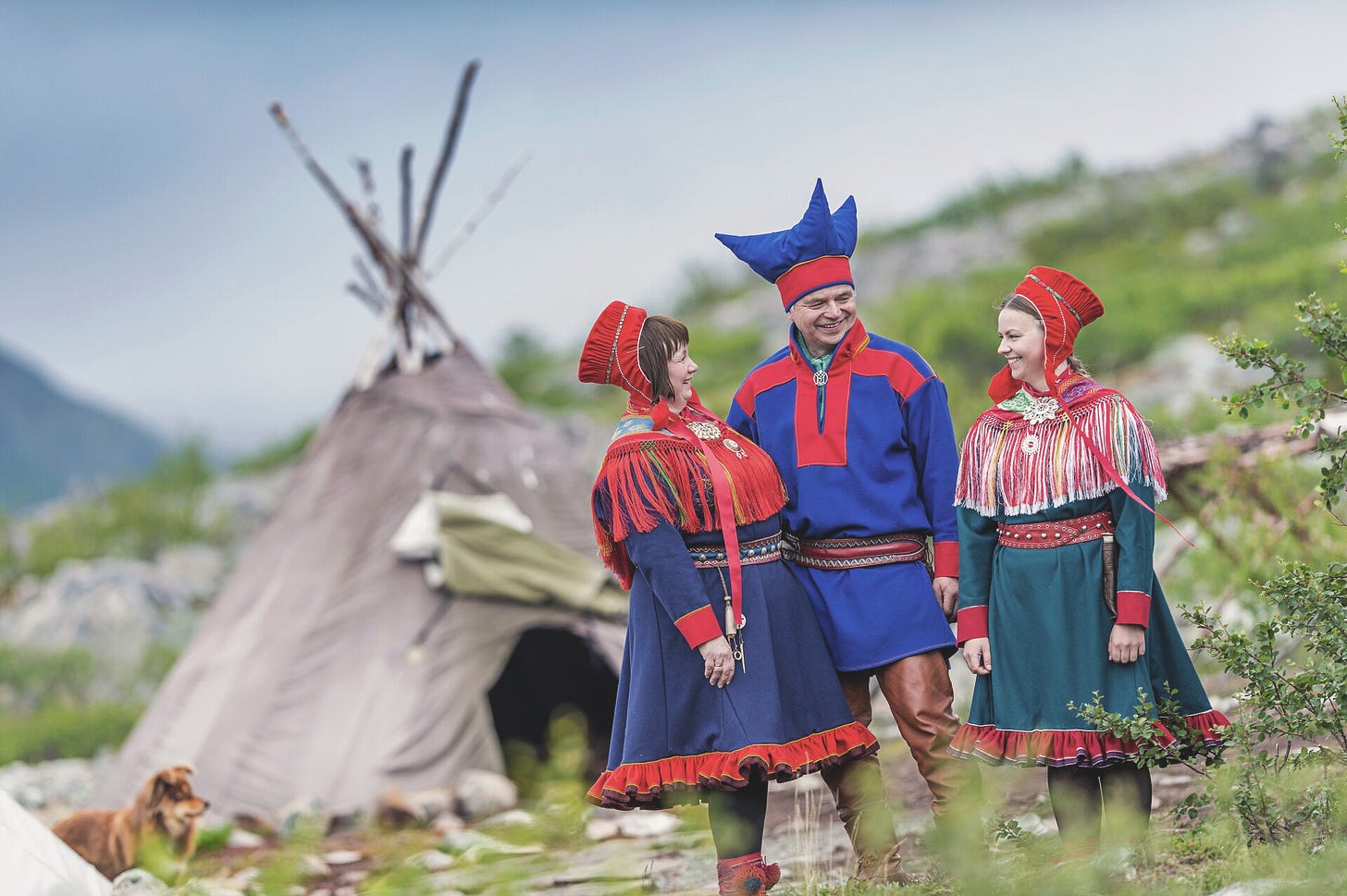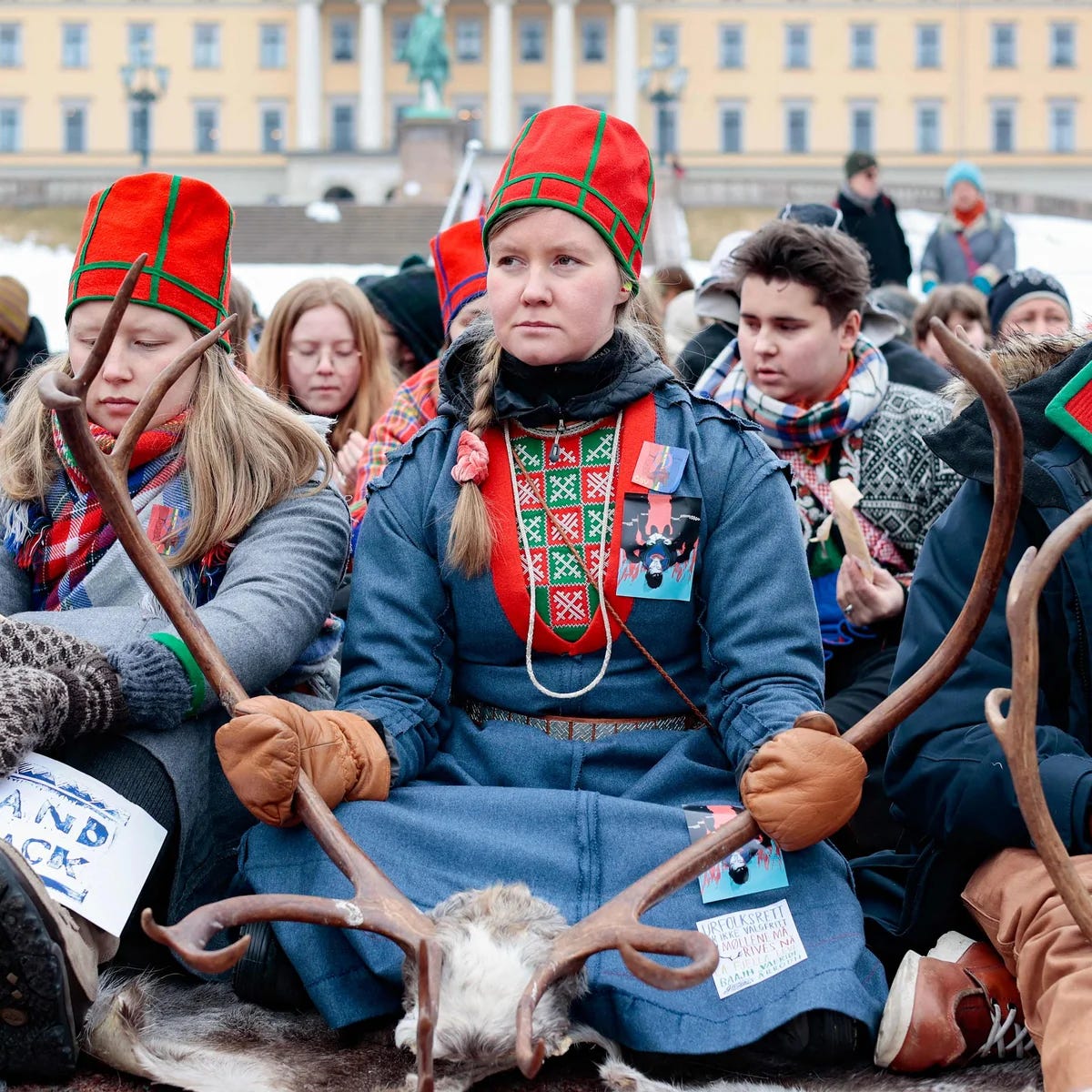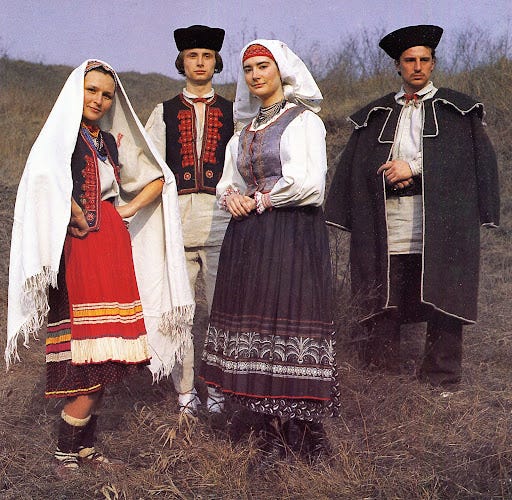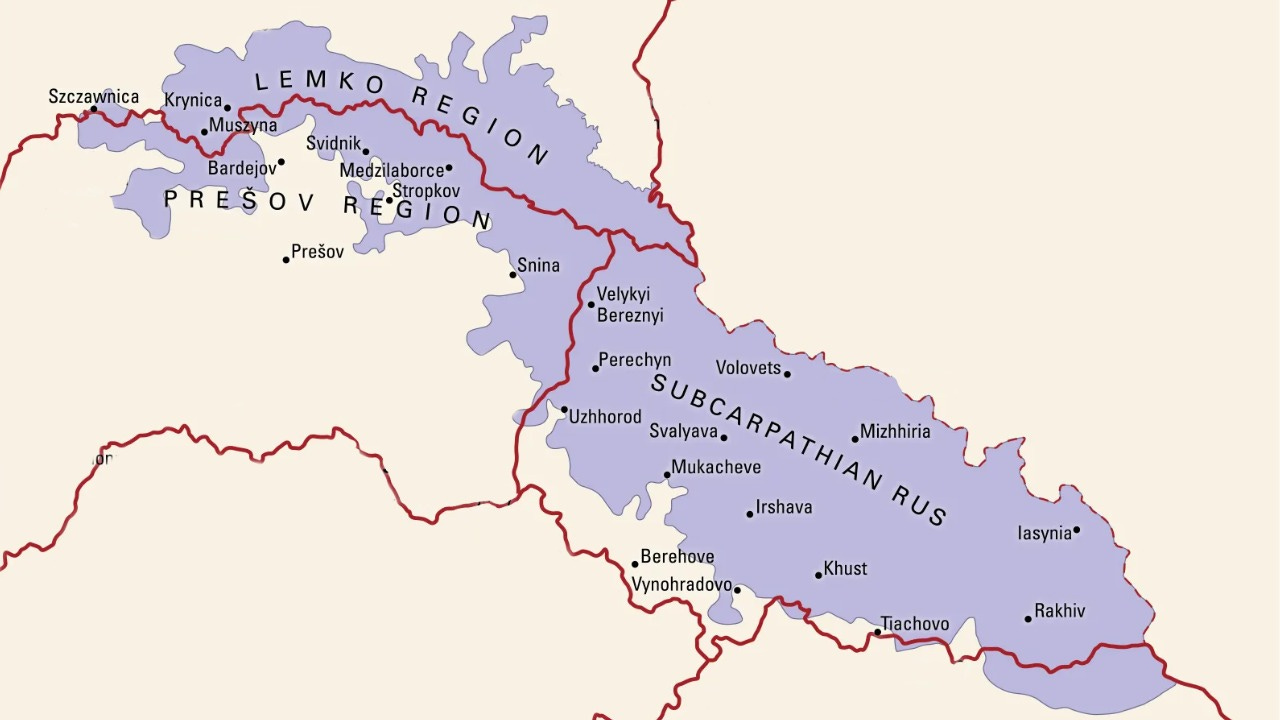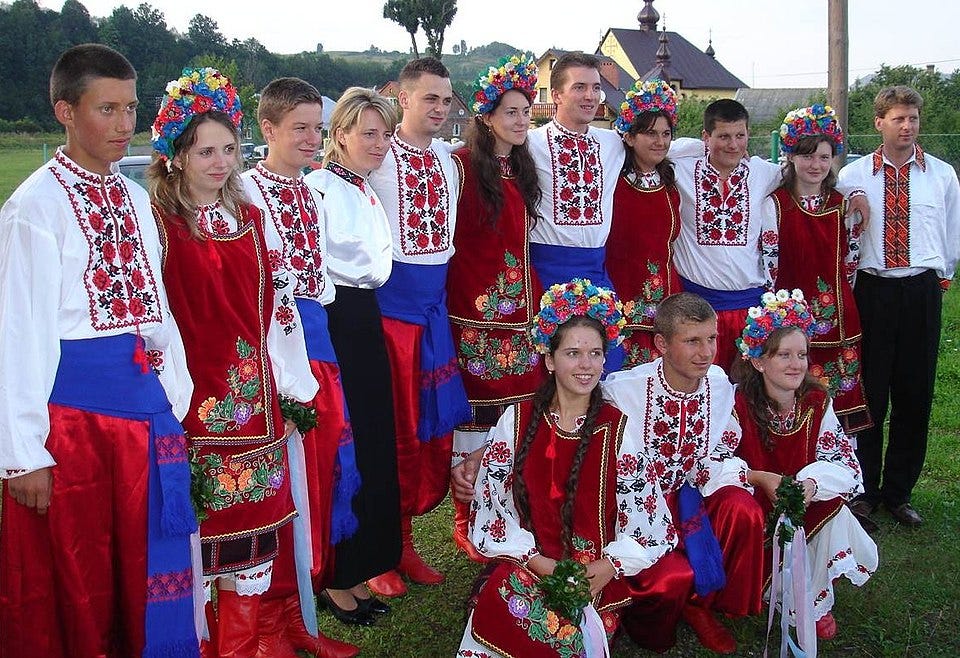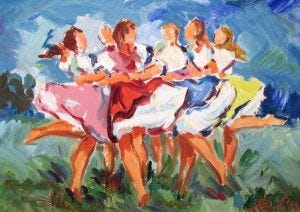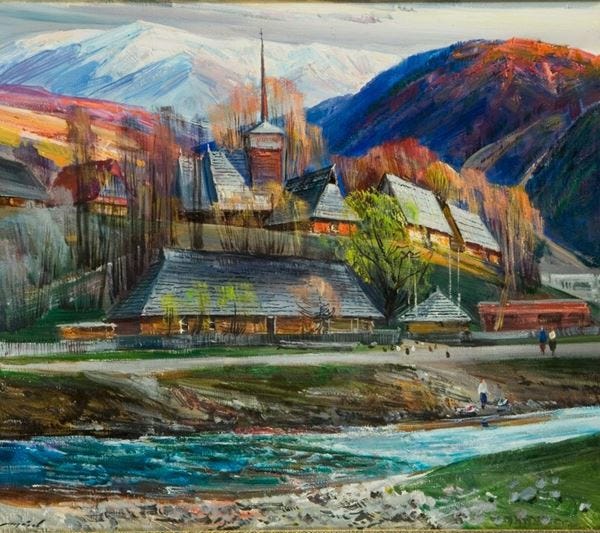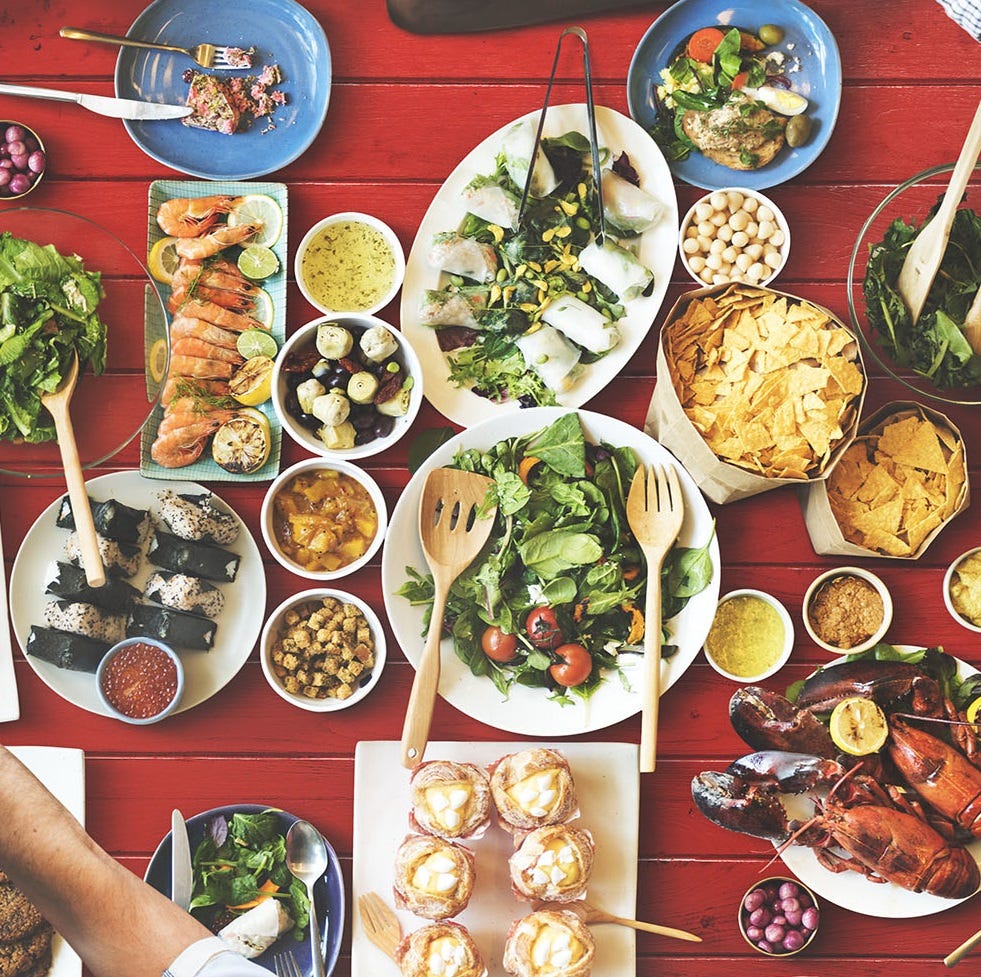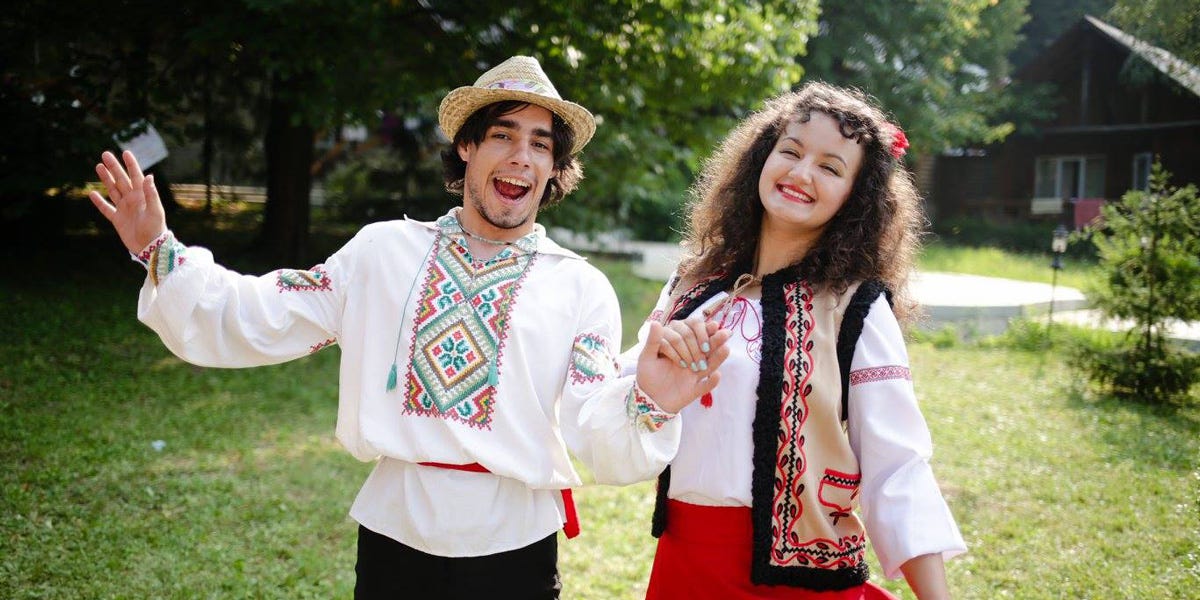Introduction
While many are familiar with French, English, Ukrainian, and Polish cultures, lesser-known European cultures, such as those of the Basque and Sámi people, are worth exploring.
This article will introduce you to these unique cultures and offer insights into their rich traditions and histories.
Thank you for reading Forum Europeaum!
List of Cultures we will be exploring
1. Sámi (Laplanders) – Northern Norway, Sweden, Finland & Russia (Kola Peninsula)
3. Lemkos – Carpathian Mountains in Poland, Slovakia & Ukraine
4. Rusyns (Ruthenians) – Carpatho-Rusyns in Slovakia, Ukraine, Hungary, Poland, Serbia (Vojvodina)
5. Gagauz – Moldova (especially Gagauzia), Ukraine, Bulgaria
The Sámis
There is a detailed article about the Sámis in Forum Europeaum: Information about Samis.
But here is a summary of who they are;
Key aspects of the Sámi people:
Geographical Distribution:
Sápmi, the traditional area inhabited by the Sámi, stretches across the northern regions of Norway, Sweden, and Finland, as well as the Kola Peninsula in Russia.Linguistic and Cultural Identity:
The Sámi speak a group of languages belonging to the Finno-Ugric branch of the Uralic language family. They have a strong cultural and linguistic connection to their homeland and maintain a distinct identity despite being separated by national borders.Recognised as an Indigenous People:
The Sámi are recognised as an indigenous people in Norway, Sweden, and Finland, with the establishment of the Sámi Parliament as a means to promote their interests and representation.
Kven (Also referred to as Kainulaiset)
The Origin of “Kven”
The origin of the name "Kven" is somewhat ambiguous.
Some academic circles propose that the term became derogatory in the late 19th century due to discrimination and suppression by Norwegian authorities. As a result, many individuals identifying as Kvens chose to refer to themselves as "kainulaiset."
However, in the 1970s, Kven culture was resurgent, leading many Kvens to reclaim and actively use the term "Kven." Despite this revitalisation, a debate persisted into the 1990s regarding the appropriateness of the Norwegian terms "finne," "finsk," or "finskætted," which translate to Finnish person, Finnish, and of Finnish origin, respectively.
Today, the term "Kven" is widely accepted and recognised, as evidenced by the establishment of the Kven organisation in Norway known as Norske Kveners Forbund.
Some culture and facts:
Ruijan Kaiku is a bilingual newspaper (Kven/Finnish and Norwegian) published monthly in Tromso, Norway. It focuses on Kven issues, promoting Finnish language and culture in Norway, and includes stories about Finnish organisations and minorities in the Nordic region. The Chief Editor is Liisa Koivulehto.
Baaski is a Kven culture festival held in Nordreisa Municipality. The inaugural festival took place in June 2007, and it is intended to be an annual event. The festival is organised by the Nordreisa Municipality, and the first festival director was Johanne Gaup.
While the Kven costume (Kväänipuku) was only 'designed' in the 1990s and the beginning of the 2000s, it builds on older Kven fashions and is intended to strengthen Kven identity. Much of it is in a simple white colour, which, beyond its historical use, serves as a reminder of the reputed cleanliness of the Kvens.
The silverware is likewise an important part of Kven clothing, and the position of Kvensølvesmed (Norwegian for 'Kven silver smith') is an important one.
Kadonu Loru is the sole pop music single recorded in the Kven language, inspired by an old nursery rhyme about making sausages. It features artists Karine Jacobsen and Kine Johansen from Børselv and Lakselv and was published by Iđut.
Kven differs from Finnish because of speaker isolation, resulting in Norwegian loanwords and outdated Finnish terms. A 2005 report estimated that 2,000 to 8,000 people in Norway speak Kven, depending on the criteria.
Lemkos
Lemkos are often considered to be a subgroup of Rusyns.
Members of these groups have historically also been given other designations, such as Verkhovyntsi ("highlanders").
Among people of the Carpathian highlands, communities speaking the same dialect will identify with a different ethnic label when crossing borders due to the influence of state-sponsored education and media.
As well, the same community may switch its preferred identification over time.
It is not clear, however, if this refers to the same individuals switching their identification, more young first-time respondents choosing Rusyn, or migration.
Historical Context:
Dialects:
Lemko dialects, influenced by Slovak and Polish, retain some archaic Ukrainian features.
Religious Beliefs:
Lemkos are primarily Eastern Rite Christians, with a strong emphasis on religious feasts and the role of the church in community life.
Festivals and Traditions:
Christmas is a particularly important holiday, with traditions like cleaning and decorating homes, preparing the didukh (sheaf of wheat), and singing carols.
Material Culture:
Lemko culture is rich in traditional crafts, including weaving, embroidery, and woodworking.
Resilience and Identity:
Despite facing displacement and historical challenges, Lemkos have retained a strong sense of identity and attachment to their homeland and traditions.
Music and Dance:
Lemko music and dance, often performed at celebrations and festivals, reflect their unique cultural heritage.

Rusyns
The Rusyns are an East Slavic ethnic group native to the Eastern Carpathians in Central Europe. They speak Rusyn, an East Slavic language that is regarded by some as a distinct language and by others as a dialect of Ukrainian. Traditionally followers of Eastern Christianity, most Rusyns belong to the Eastern Catholic Church, though a minority practice Eastern Orthodoxy. Rusyns generally identify as a distinct Slavic people and are officially recognized as such in Croatia, Hungary, Poland, Romania, Serbia, and Slovakia, where they hold minority status.
The name Ruthenian derives from the Latin Ruthenus (singular), a term found in medieval sources to describe the Slavic inhabitants of the Eastern Christian religion (Orthodox and Greek Catholics) living in the grand duchy of Lithuania and, after 1569, in the Polish-Lithuanian Commonwealth. Rusyn-inhabited territories in those states had, from the 10th to the 14th century, belonged to several principalities referred to collectively as Kievan Rus. The Latin term Ruthenus (plural Rutheni) is the equivalent of the Slavic Rusyn (plural Rusyny), meaning “an inhabitant of the land of Rus.”
This religious heritage profoundly influences their folk songs, rituals, and worldview.
Music:
Rusyn musical traditions are deeply intertwined with their religion, featuring spiritual songs and compositions related to the Divine Liturgy and saints of the Byzantine Rite Catholic Church.
Architecture:
The valued status of wooden architecture, particularly in their traditional villages, is also a significant aspect of Rusyn cultural identity.
Gagauz
The Gagauz are a Turkic ethnic group native to southern Moldova (Gagauzia, Taraclia District, Basarabeasca District) and southwestern Ukraine (Budjak).
Gagauz are mostly Eastern Orthodox Christians.
The term Gagauz is also often used as a collective naming of Turkic people living in the Balkans, speaking the Gagauz language, a language separated from Balkan Gagauz Turkish.
The total Rusyn population is estimated to be around 150,000. Significant Rusyn communities can be found in several countries across Eastern Europe and beyond:
Moldova hosts the largest population, with 98,200 Rusyns recorded in the 2024 census.
In Ukraine, approximately 25,000 Rusyns reside, though estimates vary.
Russia is home to 9,272 Rusyns, according to the 2021 census.
In Turkey, the Rusyn population is estimated at 5,400.
The breakaway region of Transnistria (within Moldova) reported 4,999 Rusyns in its 2015 census.
The Gagauz people are primarily Eastern Orthodox Christians, forming a distinct cultural identity among Turkic-speaking groups. Their religious life revolves around the Orthodox calendar, with communal celebrations for holidays like Easter and Christmas, incorporating older seasonal customs.
Linguistically, the Gagauz language—a Turkic Oghuz branch language—shares similarities with Turkish and Azerbaijani while also being influenced by Russian, Romanian, and Bulgarian. Many Gagauz are bilingual, using Russian or Romanian in daily life.
Gagauz culture is rich in folk traditions, vibrant festivals, and unique wedding practices, emphasising community bonds and agricultural cycles. Their music blends Turkic rhythms with Balkan instruments, often focusing on themes of family and faith.
Architecturally, traditional villages feature modest homes with whitewashed walls, wooden roofs, and carved details, centred around the church and community square. Gagauz cuisine reflects Turkic and Balkan influences, with staple dishes like placinta and sarmale. Food plays a central role in hospitality and religious feasts, with recipes commonly passed down through generations, reinforcing cultural ties.
Stews, and cornmeal porridge (mamaliga). Food plays a vital role in hospitality and religious feasts, with recipes typically passed down through maternal lines, further cementing community ties and cultural heritage.

Gagauz Șarap Yortusu
The Gagauz people celebrate their most important festival, which is the most common among their traditions.
Sources:
https://global.hurtigruten.com/en/extras/excursions/sami-culture
https://www.intercultural-europe.org/understanding-european-culture/
https://lemkoassociation.org/2018/10/carpatho-rusyn-food-in-woodstock-georgia-october-13-14-2018/
https://images.app.goo.gl/e5fXQVb1WZqysHvq6
https://ramblingadventurista.com/gagauz-wine-festival-ultimate-guide/



